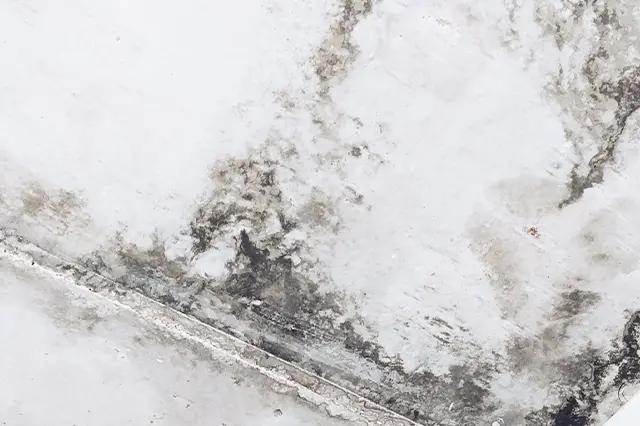Shower Mold Removal: The Easy Guide
Shower mold is an all too common problem. It can cause extensive damage to your home and create a health hazard for you and your loved ones. In this guide, we will provide you with the easy steps to removing shower mold without any fuss. We will also discuss the different types of mold and how to identify them, so that you can take the appropriate action in order to remove them safely and effectively. Let us help you get rid of shower mold once and for all!
What is shower mold?
Shower mold is a fungus that can grow in moist areas, such as showers. The fungus produces black or brown spots on the shower tiles, walls, and ceiling. Shower mold affects the smell and appearance of the shower, as well as the ability to take a shower. To remove shower mold, start by cleaning the area with a cloth dampened with soap and water. Scrub until clean. Make sure to get into all the nooks and crannies. If the area is large, you may need to use a vacuum cleaner to get all of the mold off. Once the area is clean, apply an anti-fungal agent, such as bleach or club soda mixed with hydrogen peroxide, to all surfaces touched by the mold. Let it stand for at least 30 minutes before washing away.
What are the signs of shower mold?
If you notice any of the following signs in your shower, it might be time to call in a professional: black mold, water droplets on the ceiling, unusual smells coming from the shower, or a yellowing of the porcelain. If you’re still not sure if you have shower mold, test a little bit of the mold to see if it grows on some common household items like bread or potatoes.
How to remove shower mold?
Shower mold can be a problem if it’s allowed to grow unchecked. There are a few easy steps you can take to remove shower mold:
1. Remove the shower head and spray arm. If the mold is on the spray arm, spraying water onto the mold will only make it spread.
2. Use a vacuum cleaner with a hose attachment to clean up the area around the shower head and spray arm. Be sure to use caution not to damage the plastic components of the shower head or spray arm.
3. Protect your flooring by covering it with newspaper before scraping up any mold residue. Sweep any debris that falls off of the ceiling or walls into the trash bin for disposal later.
4. If the mold is on the walls or ceiling, it will be difficult to remove. In this case, you may need to hire a professional to clean the area.
5. If the mold has grown so large that it’s blocking the shower, you may need to completely remove the shower enclosure and replace it.
6. Wash all clothes and towels that were used in the vicinity of the shower before laundering them. This will help to prevent the spread of mold.
7. If the mold is on the floor, cover it with a sheet of newspaper and then scrape it up with a spatula. Sweep the residue into the trashcan for later disposal.
8. Dry all surfaces that were wetted by the shower before putting any furniture back in place.
9. Clean the shower area with a mild soap and water solution. Be sure to rinse the area well before wiping it dry.
10. Cover the shower area with plastic wrap or a towel before letting it dry. This will help to prevent mold from returning.
What to do if you can’t remove shower mold?
If you find shower mold growing on your tiles or walls, the best course of action is to remove it. There are different ways to do this depending on the severity of the mold and the tools available to you.
If you only have a small patch of mold, you can try using a vacuum cleaner with a brush attachment. Be sure to use caution as the suction can be strong and cause damage. If the patch is large or if there are other dangers such as water leaks, then you will need to call in a professional.
For more severe cases, you may need to get a steamer. This involves filling up a pot with hot water and attaching the shower head onto the end of a hose. You then position the moldy area over the pot and wait until it begins to emit steam. Once it has done so, turn off the heat and remove the mold with an old towel or a pair of gloves.
If all else fails, you can try removing the mold using bleach and water. Pour 1 cup of bleach into your bucket and fill it halfway with cold water. Soak your cloths in this solution for 10 minutes before wiping down the surface that contains the mold.
Conclusion
Shower mold can be quite a nuisance – not to mention dangerous. In this article, we will provide you with an easy guide on how to remove shower mold from your bathroom without any harsh chemicals. We will also recommend some tips on preventing shower mold from happening in the first place. Whether you are just starting to notice signs of mold or you have been dealing with it for years, our guide will help you get rid of it safely and effectively. Thanks for reading!

